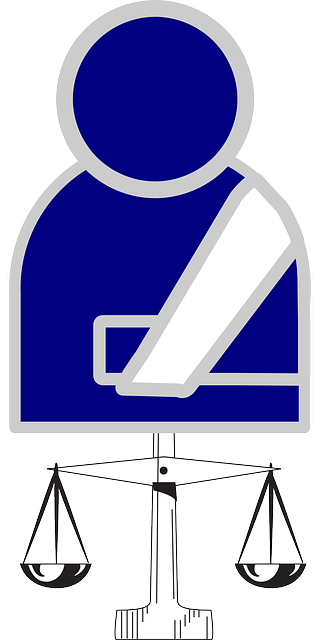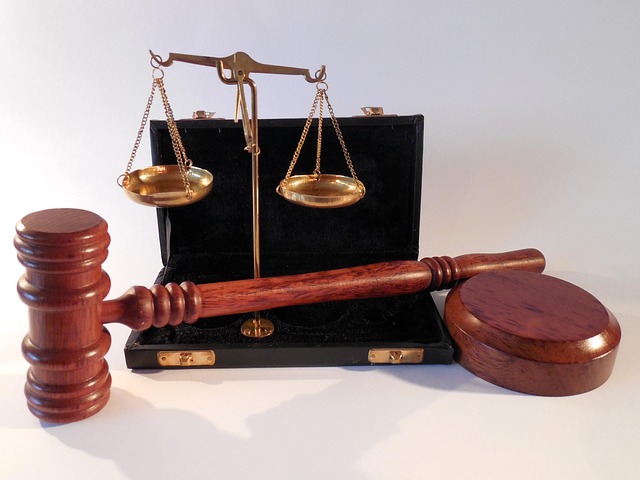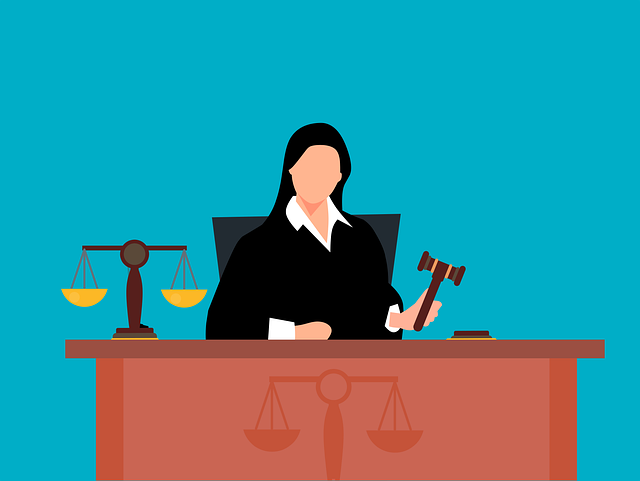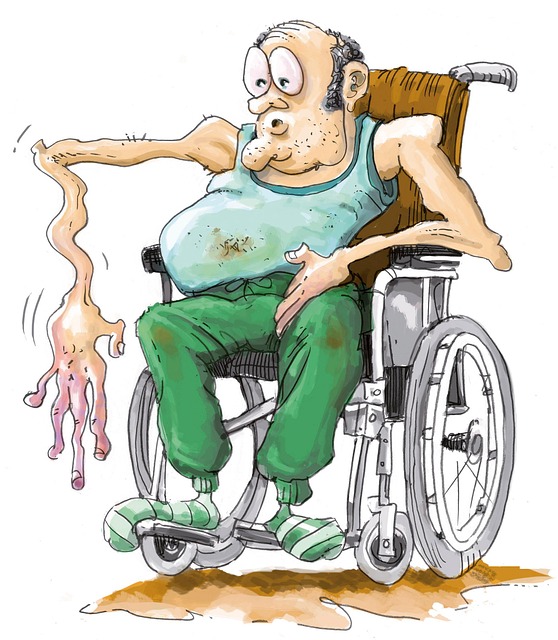Slip and fall settlement letters are critical legal documents facilitating negotiations for personal injury claims. They detail incident specifics, including dates, locations, and injuries, and may cover medical expenses, lost wages, pain and suffering, and other damages. These letters are vital for amicable resolutions or preparing for complex scenarios like wrongful death or intense insurance disputes, emphasizing the need for robust legal representation. Successful slip and fall settlements require thorough investigation, documentation, and professional assessment of damages and liability to ensure fair compensation. The negotiation process begins with the victim's lawyer contacting the responsible party, exchanging information, and aiming for a mutually agreeable settlement without court proceedings, critical in complex cases.
In slip and fall compensation cases, a settlement letter serves as a crucial document outlining the terms of an agreement between the plaintiff and defendant. This article provides an in-depth guide to understanding slip and fall settlement letters, breaking down their essential components and the negotiation process. We’ll explore what makes a valid settlement letter and walk you through the steps of review and acceptance, empowering you with knowledge in this intricate yet vital aspect of personal injury law.
- Understanding Slip and Fall Settlement Letters
- Components of a Valid Settlement Letter
- Negotiation, Review, and Acceptance Process
Understanding Slip and Fall Settlement Letters

Slip and fall settlement letters are crucial documents in personal injury cases where an individual has sustained injuries due to a hazardous condition on someone else’s property. These letters serve as a formal communication between the victim, their attorney, and the responsible party or their insurance provider. Understanding the content and purpose of such letters is essential for anyone navigating slip and fall compensation claims.
The primary goal of a slip and fall settlement letter is to initiate negotiations and facilitate a potential out-of-court resolution. It outlines the specifics of the incident, including dates, locations, and the nature of injuries incurred. Additionally, it may include medical expenses, lost wages, pain and suffering, and other relevant damages. This document plays a vital role in both settling claims amicably or preparing for more complex scenarios, such as wrongful death claims or intense insurance disputes, where robust legal representation is required.
Components of a Valid Settlement Letter

Negotiation, Review, and Acceptance Process

After a slip and fall incident, the negotiation process begins with the injured party’s lawyer reaching out to the responsible party or their insurance provider. This initial contact sets the stage for discussions aimed at resolving the case amicably. During this phase, both parties exchange information, including medical records, witness statements, and legal arguments. The goal is to reach a mutually agreeable settlement without going through lengthy court proceedings.
The review process involves scrutinizing every aspect of the proposed settlement offer. An injured party or their lawyer must carefully assess whether the offer is fair and adequate compensation for the damages incurred due to the slip and fall accident. This step ensures that all legal rights are protected, especially in cases akin to real estate litigation or nursing home/caregiver abuse where complex issues may arise. Once the terms are agreed upon, the letter of settlement is drafted, outlining the acceptance of the offer, the compensation details, and any other pertinent conditions.
A well-crafted settlement letter is an integral part of resolving slip and fall compensation cases efficiently. By understanding the basic components and following a structured negotiation process, both parties can reach a fair agreement. These letters provide clarity and certainty, ensuring that victims receive just compensation for their injuries while encouraging prompt resolutions to avoid prolonged legal battles. In the realm of slip and fall settlements, this simple yet powerful tool plays a pivotal role in fostering a smooth and harmonious outcome for all involved.






